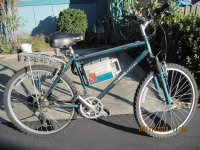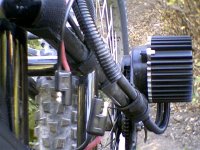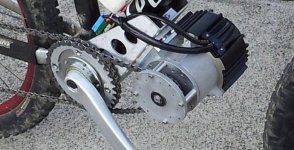A lot of companies overrate their batteries, leave no headroom in their max discharge spec, or tell you that the maximum discharge rate ( shouldn't be continuous ) is their continuous rate.
I had a pack of 10C headways acting like a space heater and sagging to an extreme at just a 3C continuous load. I found out the hard way that the C rate of hobbyking lipo was actually a peak rate, a suitable continuous figure was about 1/4th.
And then you have the biggest fibber of them all: the 18650 laptop cell pack sellers, like allcell. They'll tell you that their pack can do 2C, but they leave out the fact that a 3.8v nominal cell becomes a 3.4-3.5v nominal cell ( at room temperature ) and turns 10%-15% of the stored charge into heat at 2C & hits LVC rather fast, not giving full capacity at all. Performance is even worse in winter, when the IR will typically approach quadruple of what it is at 70F at the temperature that water freezes at..
Even reputable sellers do this.. it's because batteries are expensive and they are trying to get their product out there by telling a few white lies about their batteries here and there, because the price is eye-popping already.
I had a pack of 10C headways acting like a space heater and sagging to an extreme at just a 3C continuous load. I found out the hard way that the C rate of hobbyking lipo was actually a peak rate, a suitable continuous figure was about 1/4th.
And then you have the biggest fibber of them all: the 18650 laptop cell pack sellers, like allcell. They'll tell you that their pack can do 2C, but they leave out the fact that a 3.8v nominal cell becomes a 3.4-3.5v nominal cell ( at room temperature ) and turns 10%-15% of the stored charge into heat at 2C & hits LVC rather fast, not giving full capacity at all. Performance is even worse in winter, when the IR will typically approach quadruple of what it is at 70F at the temperature that water freezes at..
Even reputable sellers do this.. it's because batteries are expensive and they are trying to get their product out there by telling a few white lies about their batteries here and there, because the price is eye-popping already.





